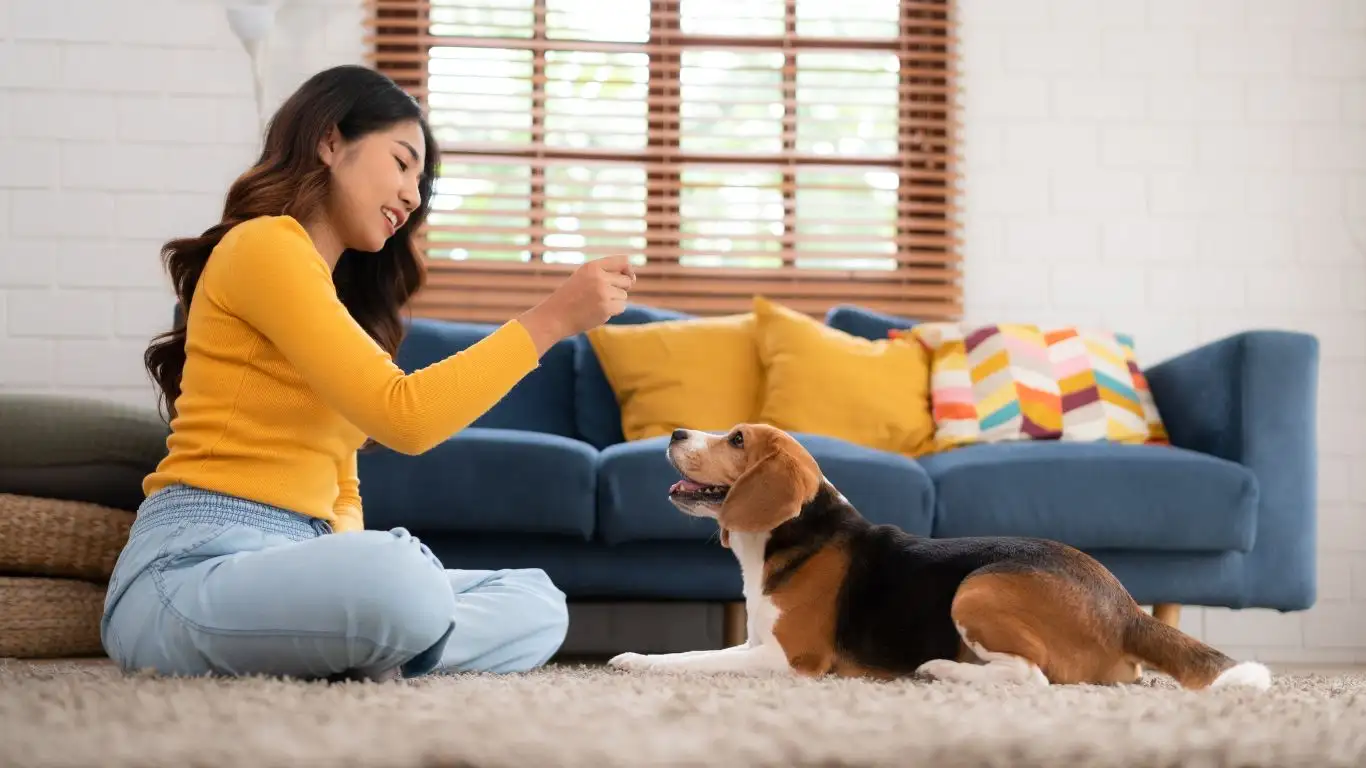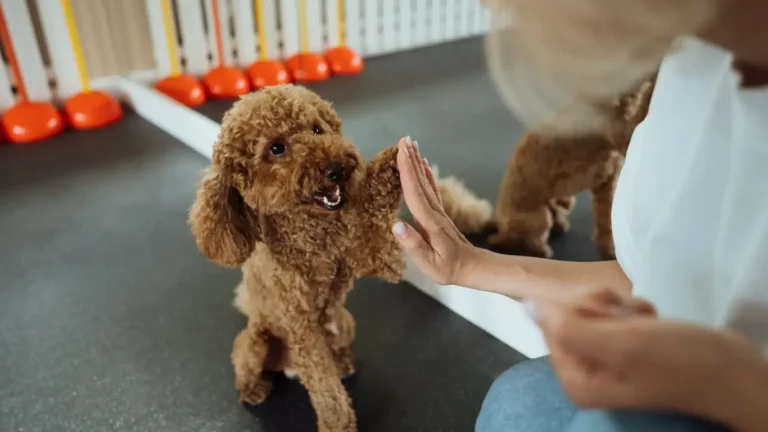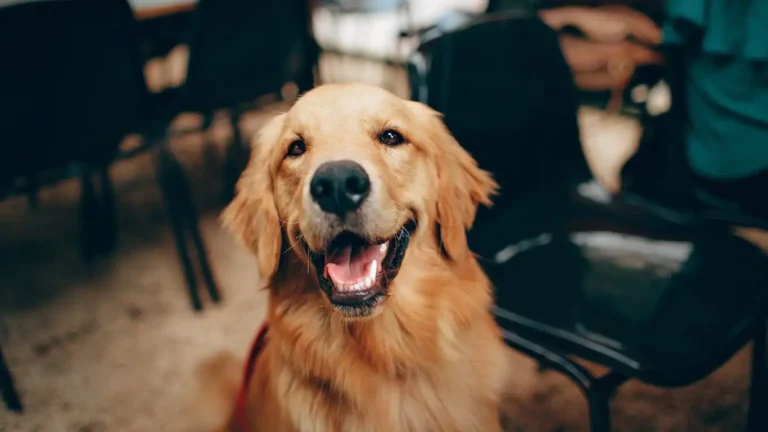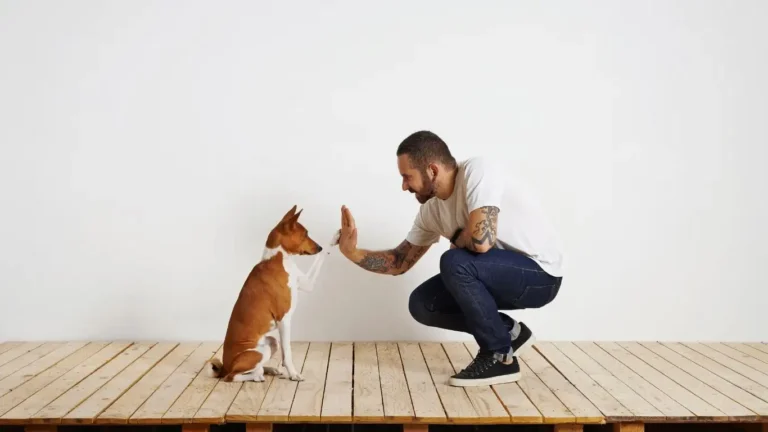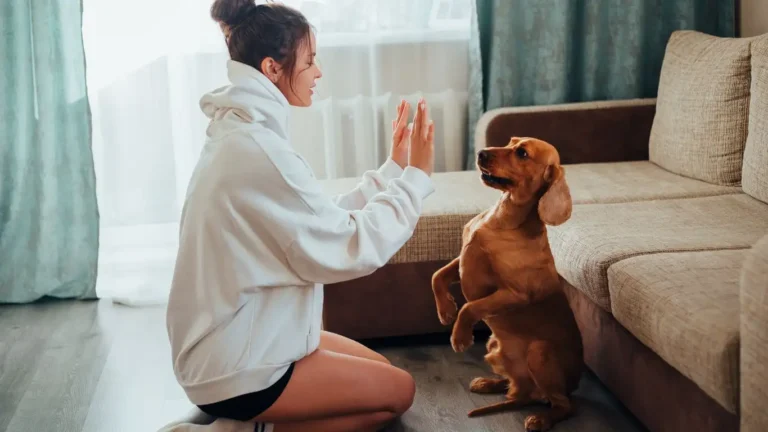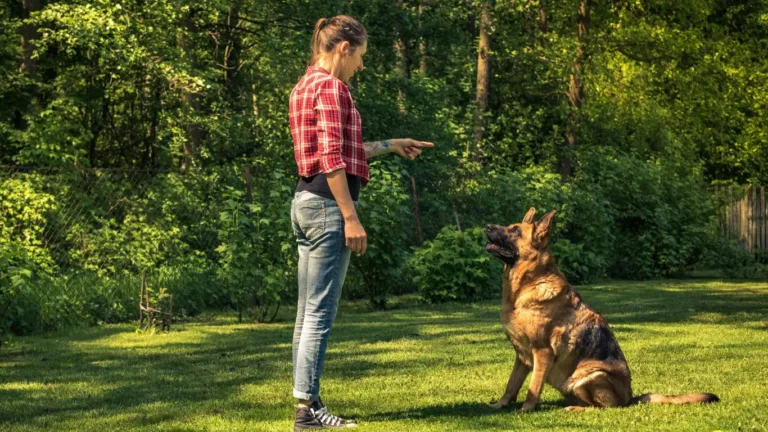Powerful Tricks to Train Your Dog to Be Quiet While Kids Sleep
Let’s talk about a question I get asked all the time as a Canine-Assisted Therapy Trainer: how to train a dog to be quiet while kids are asleep. Oh boy, I’ve been there—tiptoeing through the house after finally getting the baby down, only to have my dog go full security alarm mode at a squirrel sneezing outside. If you’re navigating nap times or early bedtimes with a pup in the house, I’ve got your back. You don’t have to live in fear of barks waking your little ones up. With the right techniques and a little consistency, you can absolutely train your dog to respect the quiet time. It’s not just possible—it’s totally doable.
Understanding Why Dogs Bark in the First Place
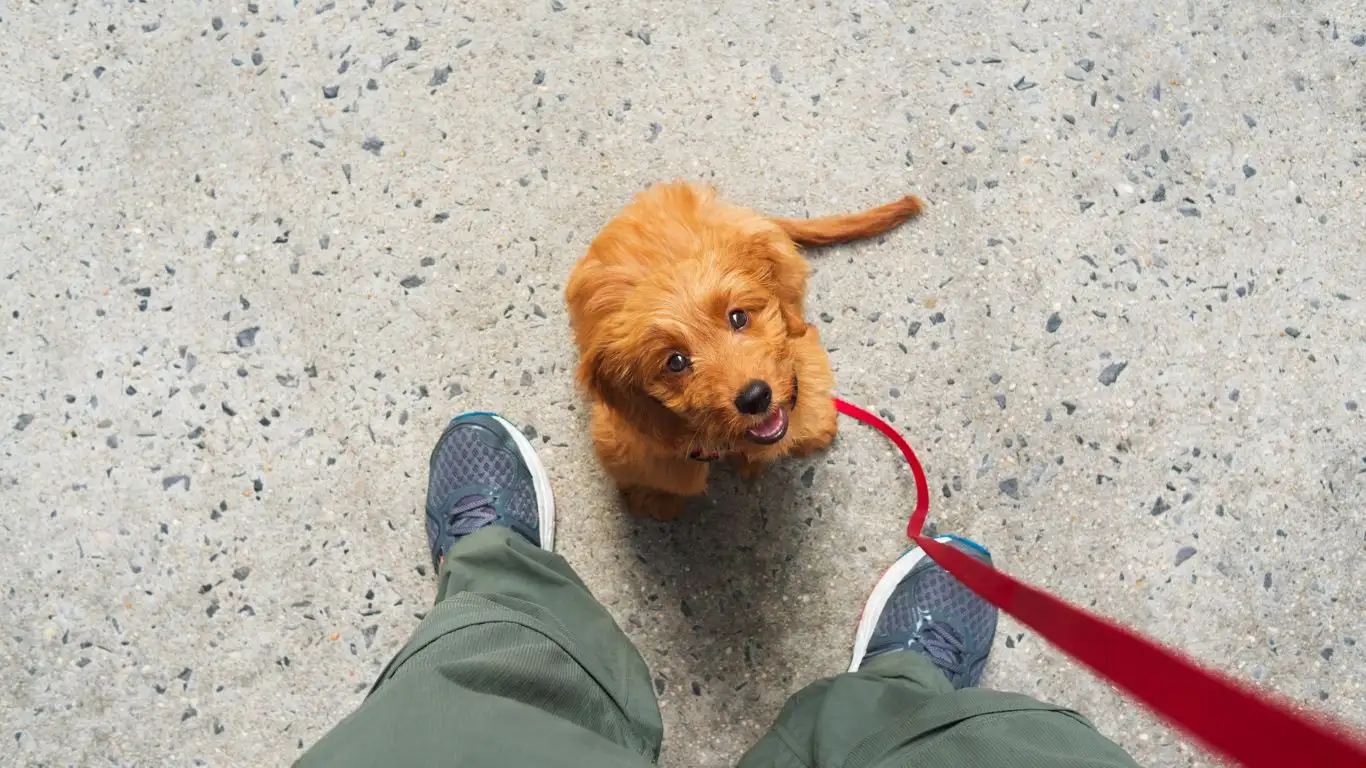
It’s Not Just Noise—It’s Communication
Barking is like our dogs’ version of texting, calling, or shouting across the street. They’re not trying to be annoying; they’re expressing something. When I was first starting out in therapy training, one of the most valuable lessons I learned was to stop labeling barking as “bad” and start looking at the why behind it.
Dogs bark because they’re:
- Alerting you to something unusual (the ol’ Amazon package drop-off… again)
- Feeling bored or under-stimulated
- Reacting to neighborhood sounds
- Seeking attention or companionship
Once we understand that barking isn’t just noise—it’s information—we can start reshaping the behavior without punishing them for doing what comes naturally.
Lay the Foundation: Calm Energy Starts With You
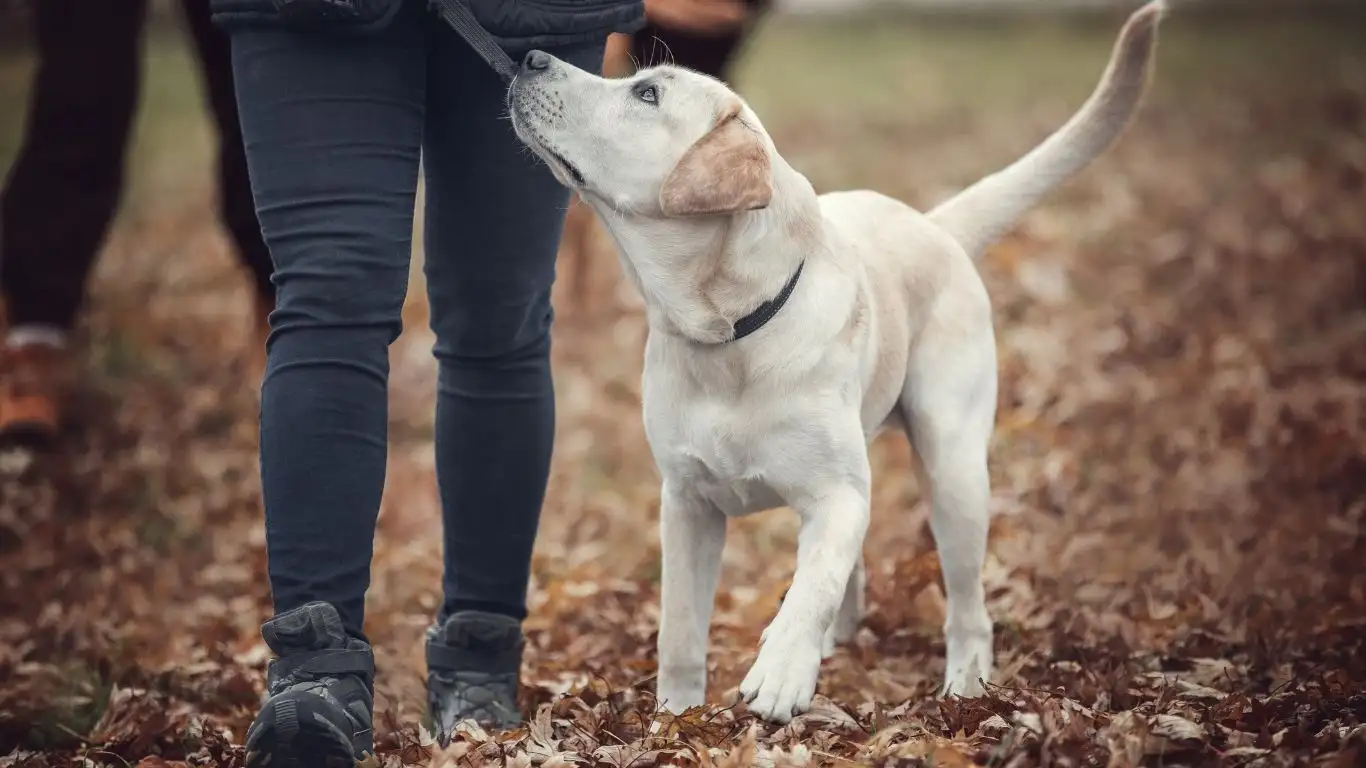
Dogs Mirror Our Energy—Really
One thing I always stress to new dog parents: your dog is taking cues from you 24/7. If you’re running around stressed trying to get the kids to sleep, your dog picks up on that tension. They start to feel on edge, too. I’ve had therapy dogs who could tell when their handlers were upset before they even said a word.
So take a breath. Your calm presence can actually help set the tone. It may sound woo-woo, but I promise—it works. Try these little shifts:
- Use a soft, low voice in the evening hours
- Lower the lights, keep things mellow before bed
- Stick to a predictable nighttime routine (for both your kids and your pup!)
When dogs know what to expect, they’re less likely to overreact when the doorbell rings or a car drives by. Predictability equals peace.
Setting Boundaries With Sound: Teaching Your Dog to ‘Shhh’
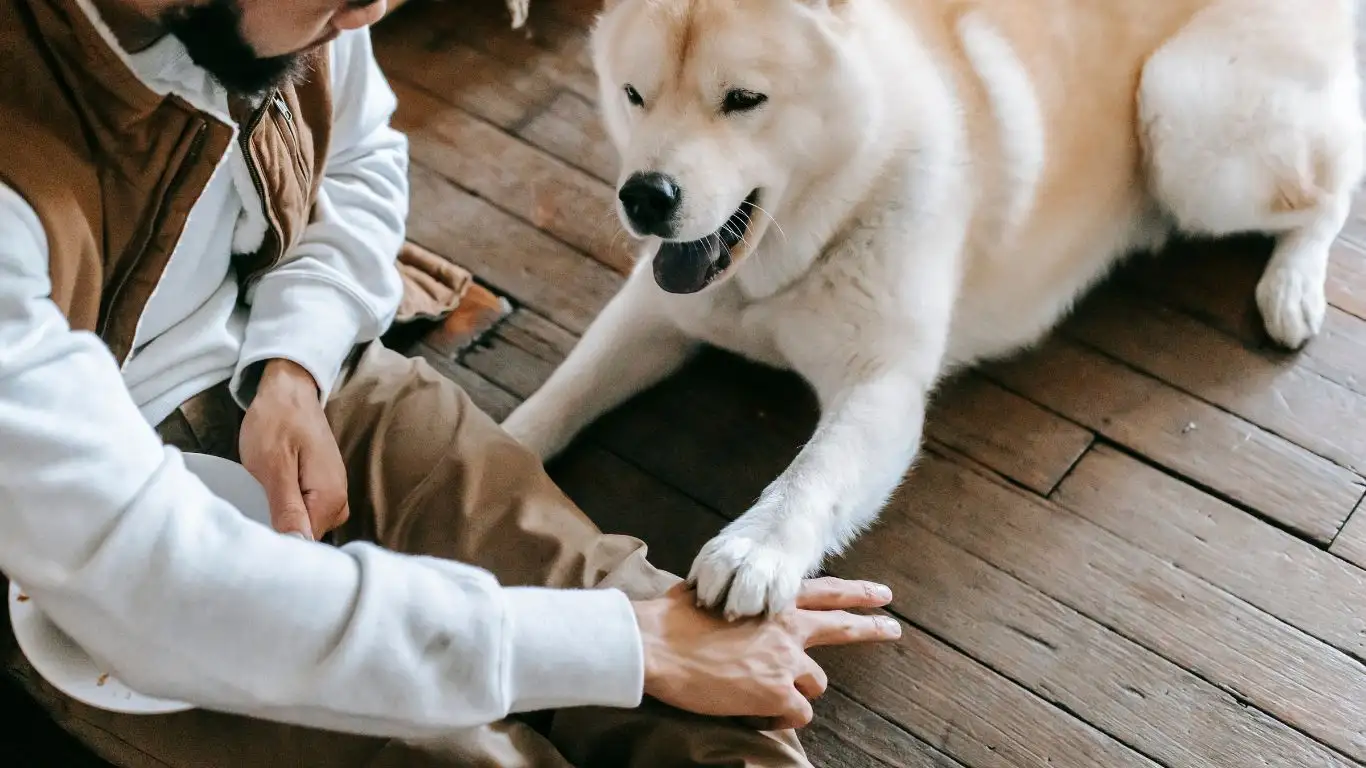
Introducing the Quiet Command
Okay, now we’re getting into the nitty gritty of how to train a dog to be quiet while kids are asleep. One of my go-to tools is the “quiet” cue. Not “NO!” (which usually just amps them up) but an actual trained behavior like “quiet” or “enough.”
Here’s a quick version of how I teach it:
- Wait for your dog to bark (yep, let it happen)
- Say “quiet” in a calm, clear voice
- As soon as they stop—even for a second—mark it with a “yes!” or click, and treat
- Repeat consistently over a few days
Keep your tone easy and positive. No yelling. The idea is to reward not barking, not to punish the bark itself. I usually pair this with a visual cue too—like a finger to my lips. Eventually, I don’t even have to say the word.
Practice During Quiet Hours (Not Just When It’s Chaotic)
This is a tip a lot of people overlook. Don’t wait for your dog to go nuts while the baby’s asleep. Practice during calm times. When the environment is already quiet, reinforce that peace. Drop a treat every time your pup chooses not to react to a small sound. That way, you’re building muscle memory before the high-stakes moments hit.
In my own home, I set up these low-pressure “training windows” after dinner, when everyone’s winding down. My dogs learned that this was their chill time—and they started zoning into that rhythm naturally.
Creating a Quiet Zone: Give Your Dog a Calm Place to Retreat
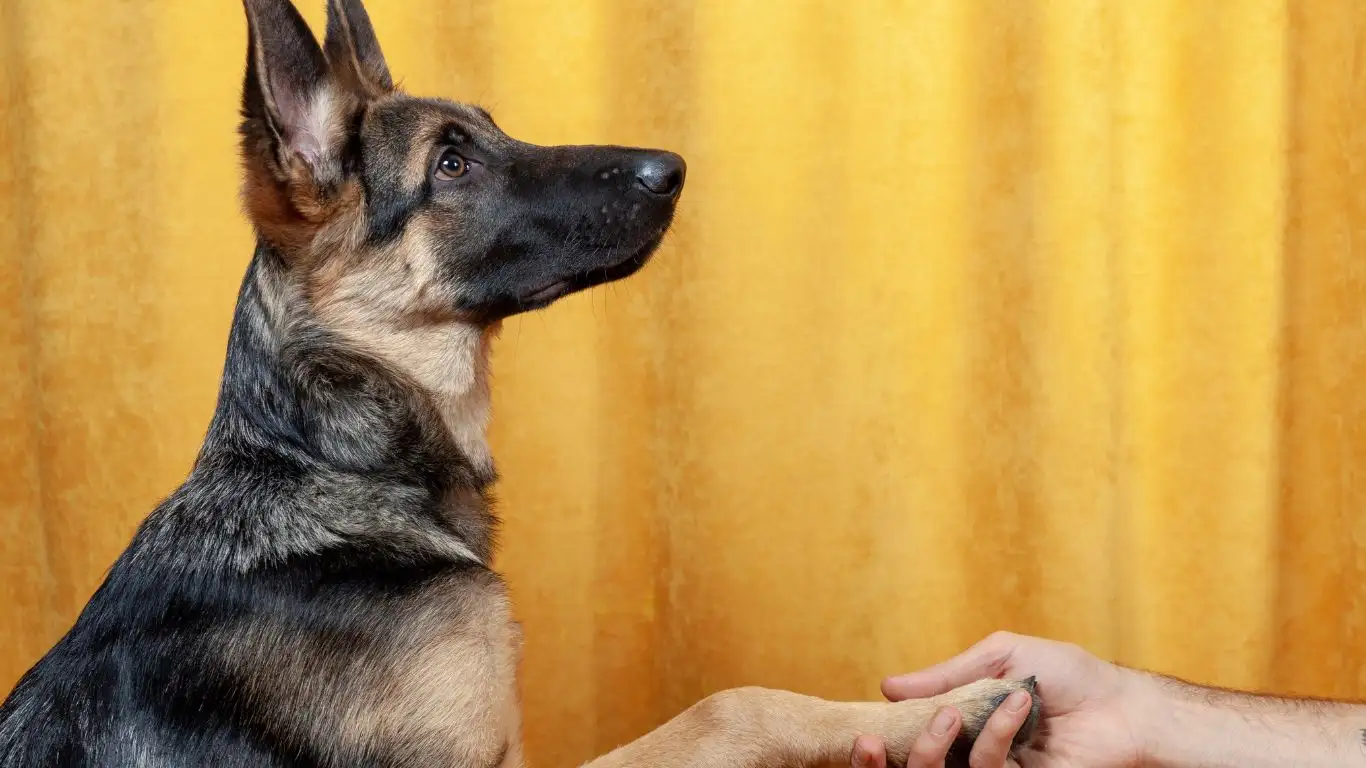
Dogs Need Their Own Zen Den
One of the most underrated tools in a dog trainer’s kit is a solid chill-out space. Seriously, giving your dog a safe, quiet zone can work wonders—especially if your home gets noisy during the day and then suddenly silent at night when the kids go down. That contrast can be jarring for some pups.
In my house, we call it “the den.” It’s just a cozy crate with a blanket over it and a few comfort toys inside. No pressure, no punishment—just a spot that’s all theirs. I even use a white noise machine nearby during nap times, which helps both my baby and my golden retriever settle into a peaceful snooze.
Here’s what to include in a quiet zone:
- A comfy bed or crate with padding
- Chew-safe toys or lick mats to promote relaxation
- A consistent scent—lavender or vet-approved calming sprays work great
- Noise buffer like a white noise machine or soft background music
Train the Association, Not Just the Location
It’s not just about the space—it’s about what your dog feels when they go there. I trained my pup to associate the den with quiet by rewarding her every time she went in and laid down without prompting. Eventually, it became her go-to whenever things got too loud—or too quiet!
Managing External Triggers and Barking Hot-Spots
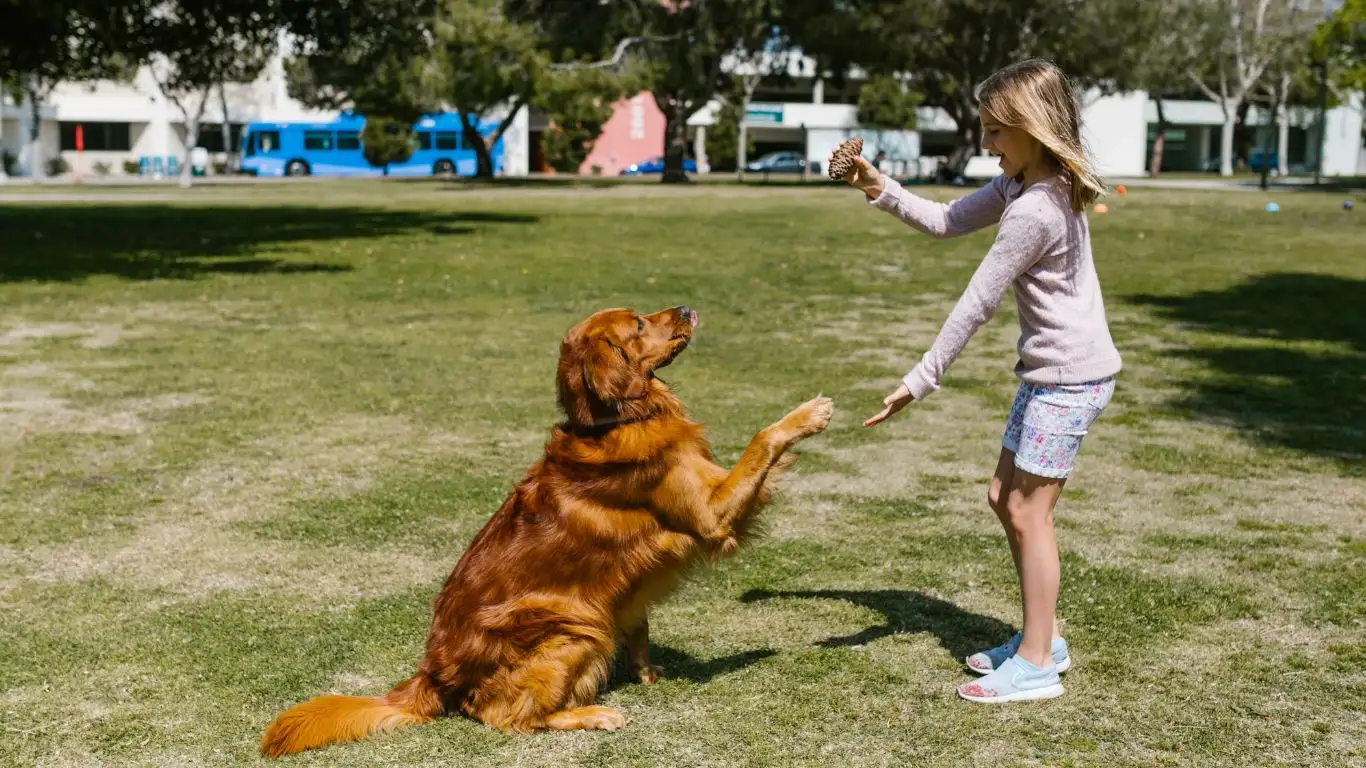
Windows, Doors, and the Mysterious Backyard
If your dog tends to bark like a maniac the second someone walks past the front door or a squirrel hops the fence, you’re not alone. Trust me—I’ve worked with dozens of therapy dogs who had to overcome that exact struggle before being placed in family homes.
Here’s the trick: don’t wait for them to react—set the scene to reduce the trigger.
- Use frosted window clings or curtains to block high-traffic views
- Place your dog’s bed away from direct sightlines to doors or windows
- Consider motion-activated lights outside to reduce surprise elements at night
When I moved to a neighborhood with more foot traffic, I had to get creative with window film and even some strategically placed houseplants. It made a massive difference—fewer distractions meant fewer chances for a nighttime barkfest.
Reinforce Calm Even When You’re Not Around

Use Enrichment to Beat Boredom Barking
Dogs who don’t have enough to do often become the unofficial neighborhood watchdog. And unfortunately, boredom tends to peak right when we want quiet—like when we’re putting the kids to bed or sneaking a moment of peace.
Enrichment is the secret sauce here. Before bedtime, I give my dog a frozen lick mat or a puzzle feeder. These tools work better than you might think. They don’t just occupy her—they tire her out mentally. That kind of tired is golden when you want silence.
Some of my go-to quiet-time enrichment ideas:
- Kongs filled with frozen yogurt, peanut butter, or canned food
- Snuffle mats for gentle scent work
- DIY treat scavenger hunts around the house (quiet fun!)
Practice a “Settle” Command for Extra Quiet Control
This one takes some time to teach but pays off big time. “Settle” means exactly what it sounds like: chill out, lay down, and stay calm. I use it when I’m reading bedtime stories or rocking a sleepy baby. It signals to my dog that it’s time to lower the energy level.
I started by luring my dog into a down position and calmly saying “settle” as I stroked her side. The second she relaxed—even just a deep sigh—I marked it and gave her a treat. Over time, she started doing it on cue. Now, it’s like a light switch. She hears “settle” and flops down like a pro.
This has been one of the most helpful behaviors for how to train a dog to be quiet while kids are asleep. It gives me more control without relying on harsh commands or stress—and my clients love how easy it is to integrate into their bedtime routines.
So, whether you’re parenting toddlers or just craving a peaceful evening, remember: calm behavior is teachable, and your dog wants to be part of the solution. They just need your guidance, a few good habits, and a little help making quiet time a shared experience.
Consistency Is the Key: Routines Build Reliability

Same Actions, Same Results
Let’s be real—training your dog to be quiet while your kids are asleep isn’t a one-and-done deal. It’s more like building a habit, for both you and your pup. One of the biggest game-changers I’ve seen—both in my own home and with therapy clients—is creating a nightly rhythm that your dog can count on. Dogs thrive when they know what’s coming next.
In my home, we do a mini “wind-down” routine every evening. After dinner, we go for a walk, then play a short round of tug or fetch, and finally, everyone heads into low-energy mode. Lights dim, voices soften, and I cue my dog’s “settle” while the kids are brushing teeth or reading bedtime stories. Over time, she started anticipating it. She knows that after 8 p.m., the house goes into quiet mode—and so does she.
- Repeat the same sequence every night. Dogs pick up on patterns faster than you think.
- Use visual and verbal cues like turning down lights or using calming background music.
- End the routine with something rewarding (a chew toy, belly rub, or quiet praise).
Routines provide security. And when your dog feels safe and sure, barking becomes a lot less necessary.
Involve the Kids: Teamwork Makes It Easier
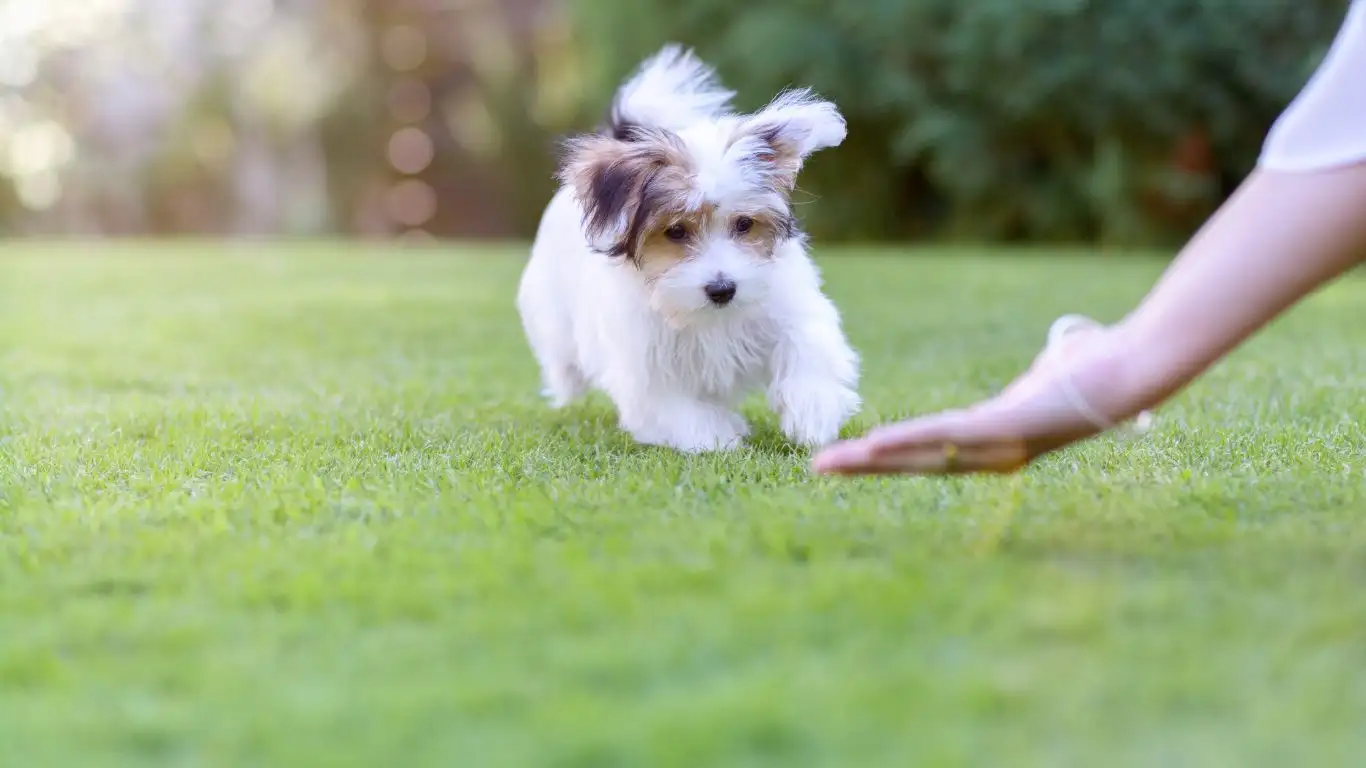
Little Trainers Can Make a Big Impact
If your kids are old enough, get them in on the action! You don’t have to wait until everyone’s asleep to set the tone for quiet. I’ve worked with many families where the children helped teach the dog the “quiet” or “settle” cue—under supervision, of course. Not only does it reinforce the dog’s training, but it also empowers the kids and builds respect between them and their furry sibling.
Here’s a little trick I love using with families:
- Let your child practice giving the “quiet” command during daytime play
- Pair it with a treat and a smile—make it a game, not a scolding
- Use hand signals for nonverbal communication during bedtime hours
Some of my clients even turned it into a bedtime “quiet contest”—everyone in the house (dog included) sees who can stay calm and silent the longest. Silly? Sure. But it works—and the kids love it.
Troubleshooting: What to Do If Your Dog Still Struggles
When You’ve Tried Everything… and Barking Continues
Look, I get it—sometimes you do all the things and your pup still has a tough time being quiet while the kids are asleep. That doesn’t mean you’ve failed. It might just mean there’s something deeper going on.
Here are a few things I recommend checking:
- Health issues—if barking feels out of control or new, rule out pain or anxiety with your vet
- Breed tendencies—some breeds (like terriers or herding dogs) are naturally more vocal
- Separation anxiety or boredom—especially if your dog only barks when left alone
In a few tougher cases, I’ve referred families to veterinary behaviorists or partnered with certified trainers who specialize in canine anxiety. There’s zero shame in that. Sometimes an outside eye can catch what we miss. The goal is progress—not perfection.
Try Tech Tools for a Helping Hand
I’m not big on relying on gadgets, but there are a few tools that can help support your training:
- Pet cameras with two-way audio to soothe your pup if you’re not in the room
- Calming music playlists made for dogs (seriously, they exist!)
- Automated treat dispensers to reward quiet time from a distance
Used alongside the methods we’ve talked about, these tools can really help reinforce the peace you’re working so hard to create.
Final Thoughts: Quiet Is a Skill—Not a Personality Trait
If there’s one thing I want you to take away from this, it’s that learning how to train a dog to be quiet while kids are asleep is absolutely possible. But it doesn’t happen overnight. It takes time, intention, and a whole lot of patience. And that’s okay.
I’ve had high-energy therapy dogs who learned to be calm, quiet companions in hospital rooms. I’ve worked with families of three toddlers and a rescue pup who now nap peacefully together in the same house. You don’t need a “perfect” dog. Just a plan, some consistency, and a willingness to meet your pup where they are.
Quiet time isn’t just for your kids. It’s good for your dog, too. And when your whole household learns how to settle together? That’s when the magic happens.
References
Disclaimer: This article is based on personal experience and professional observations in canine-assisted therapy training. It should not replace advice from a licensed veterinarian or certified professional dog trainer. If your dog exhibits severe anxiety or behavioral issues, consult a qualified expert for individualized support.
